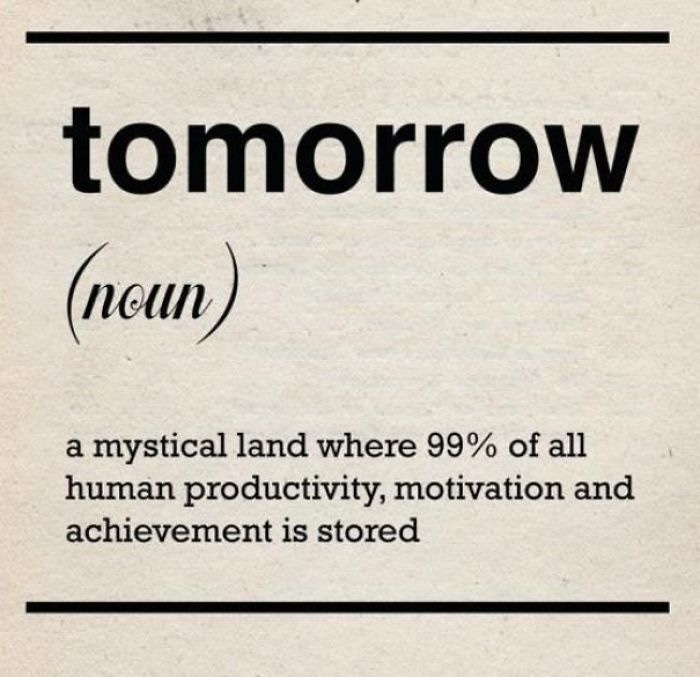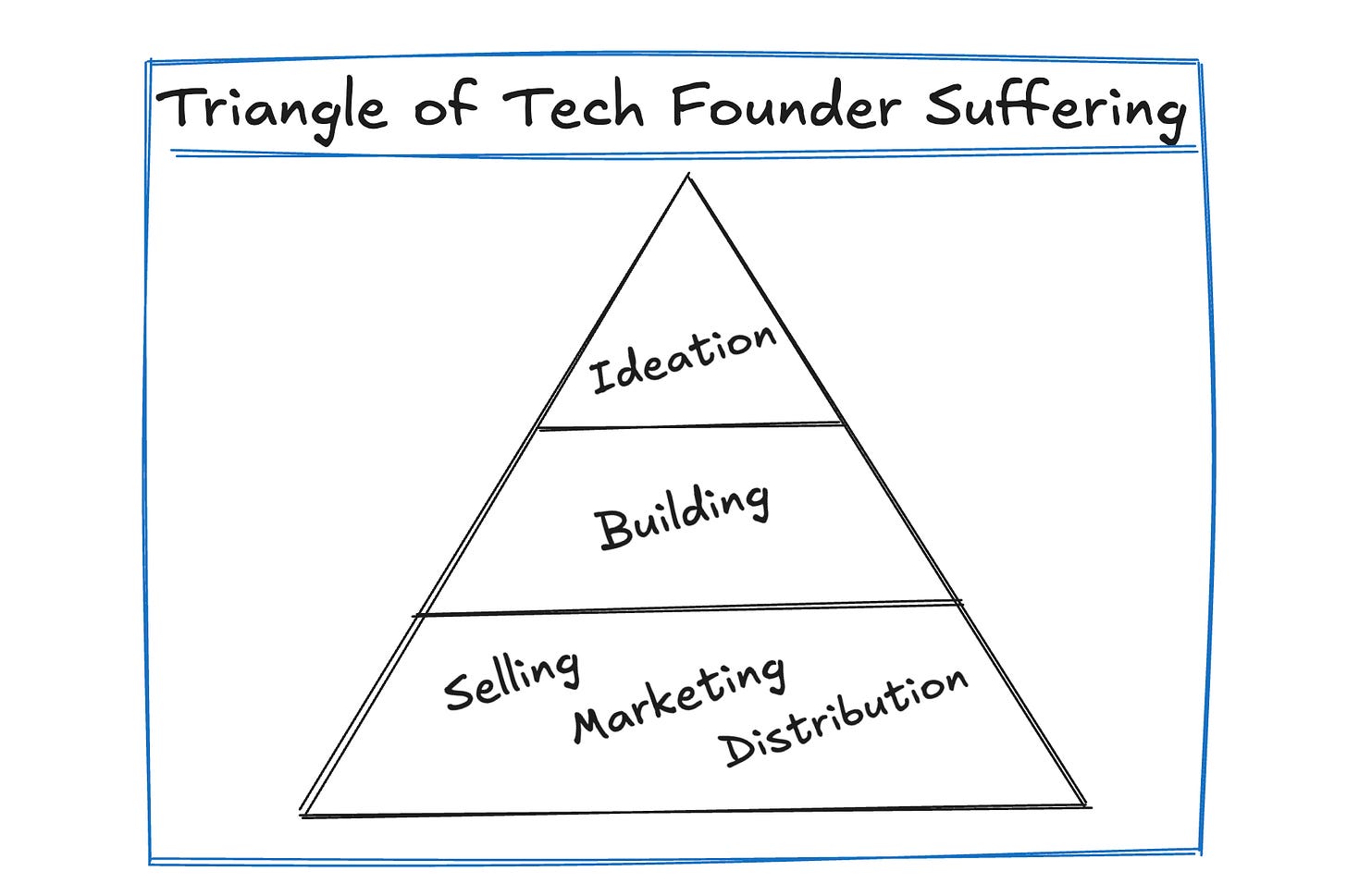There’s something rather intoxicating about the moment a business idea strikes. Perhaps it’s the brief suspension of reality where anything seems possible, or maybe it’s just the second pint of craft IPA doing its work. Either way, for as long as I can remember, I’ve always found excitement and happiness in spitballing business and product ideas with anyone who will listen (apologies to all those friends I’ve bored over the years).
Looking back, I think I’ve been having fun with this sort of thing since I was young enough to believe that making money was simply a matter of having a clever idea. I won’t bore you with the whole list but, just to give you a glimpse …
The Early Years: Santa Merch and Dodgy Downloads
Selling Santa’s golden buttons on Ebay (along with the half-eaten mince pies, my parents had scattered some of Santa’s buttons around the fireplace - I thought they would be worth something!). I never listed them.
Saving up for a CD-Writer (probably museum exhibits at this point) and “burning” free versions of CAD software for my fellow GCSE Technology classmates. My price? A mere £5. Two whole weeks of pocket money!
The Pre-Unicorn Portfolio: Almost Inventing Things That Mattered
Joking aside, there were some ideas that, over time, have proved to be quite prescient…
There was my proto-Uber moment. My best friend (working as a taxi-office call-operator) and I spent one evening detailing how brilliant it would be if people could just press a button on their phones to summon a cab and then the cab drivers would just select the jobs themselves. “Genius!” we agreed, before promptly doing absolutely nothing about it.
Similarly, while working my first “proper” job, I became the unofficial sandwich coordinator for our floor, manually collecting orders and funds before making the pilgrimage to the local sandwich shop. “Wouldn't it be brilliant,” I thought, “if we could just do all this online?” JustEat (not me) would later prove that yes, indeed it would be.
The pattern here is probably obvious: having ideas, as it turns out, isn’t the problem. The problem is what comes next – or rather, what usually doesn’t come next. Each idea met the same fate: a brief moment in the spotlight of my enthusiasm, followed by a hasty retreat into the shadows of “yes, but” thinking. “Yes, but someone else must have thought of this” - “Yes, but the technical challenges are enormous” - “Yes, but my coursework is overdue and I don’t even know what drop-shipping is anyway!”
The Procrastinator Strikes Back
After years of perfecting the art of having good ideas and doing precisely nothing with them, I finally decided it was time for action. I assembled my tools with the kind of meticulous attention to detail that only a caffeinated engineer knows how. Keyboard hotkeys optimised? Check. Notion workspace configured to the level that would make a library scientist weep? Absolutely. Three different work-tracking methodologies researched and compared? But of course.
What followed was a masterclass in what I'd describe as “technical procrastination” – a peculiar state where one is simultaneously doing everything and nothing. As an engineer, I’d discovered that building anything was a splendid way to avoid doing the right thing. Need to work on customer acquisition? Perfect time to refactor that authentication system. Marketing plan looking a bit thin? Clearly, this calls for a new GraphQL API.
This implementation trap is particularly devious because it feels productive. You’re writing code, solving problems, implementing features. You really are busy. But busy doing what, exactly? In my case, I was often busy avoiding the harder, scarier parts of actually launching a business. The parts that couldn’t be solved with a clever bit of middleware or an elegant database schema.
It’s basically like re-organising your spice rack while the kitchen’s on fire. Yes, the cinnamon is now adjacent to the cumin, but perhaps the flames blazing out of the air-fryer should be addressed too?
The Triangle of Tech Founder Suffering
If we distill the myriad components of a successful business down to its essential elements – ideation, building, and selling (including marketing and distribution) – a rather horrid triangle emerges. For myself, and I suspect many others, generating ideas proves to be the most comfortable challenge, followed by the actual building of the thing. Then, trailing a distance best measured in light-years, comes the task of selling, marketing, and getting the bloody thing into customers’ hands.
Unfortunately, what is most comfortable is not what is most necessary. Not at all. The elements grow progressively more challenging as you descend through the Triangle of Tech Founder Suffering.
Ideation - This sits at the top of the Triangle of Tech Founder Suffering – the delightful process of thinking up clever solutions to problems that may or may not exist.
Building - Moving down – this is our comfort zone as technical founders. Yes, it’s challenging, but it’s a known quantity. We can measure it, test it, and most importantly, hide behind it when the scarier parts of building a business come knocking.
Selling - And then... oh dear. The bottom layer. That vast expanse of activities that can't be solved with a clever algorithm or a particularly elegant use of dependency injection. Marketing. Sales. Distribution. The parts that require actual human interaction and, heaven forbid, the possibility of rejection.
Most technical founders (myself included) tend to invert this triangle in terms of time spent. We'll happily spend months perfecting our pixel-perfect responsive design whilst our marketing strategy consists of a vague notion to “post it on Reddit when it’s ready.”
Idea Selection
Despite establishing that generating ideas is possibly the least challenging part of the entrepreneurial equation, what is still very important is to be able to validate these ideas before you sink weeks, months or even years into them.
There will be plenty of time to write about engineering and sales over the course of this newsletter but, to synchronise you readers with where I’m personally at in my journey, it makes sense to talk about the “Idea Validation” process I’m working through right now.
The Idea Repository: Bringing Order to the Chaos
To organise and capitalise on the ideas whizzing around my mind and chrome tabs, I maintain two distinct repositories of ideas. The first is what I’ll call the “Lightbulb List” – capturing everything from shower thoughts to pub revelations that occur almost unprompted throughout the day. The second is more deliberate: a researched compilation derived from market analysis and studying successful founders - I’m just gonna call this the “Research List” for now.
The key difference? One list is essentially the result of mixing all of my own thoughts about life, business and technology together and generating ideas that are likely to be unique or novel (even if not very good). The other, more observational Research List keeps me grounded in market reality and mitigates all the personal bias contained in my Lightbulb List. Occasionally, when I cross-reference these lists, a genuinely strong “Candidate” emerges that warrants further investigation and validation.
This systematic approach might seem over-the-top but there’s method to the madness: by bringing structure to idea selection, I’m reducing the likelihood that I fall into another “Yes, but” cycle and, ultimately, do nothing with any of them.
The Matrix: A First Attempt at Quantification
My first serious attempt at idea evaluation involved creating an unnecessarily complex scoring system in Notion. The criteria, in all their questionable glory, were as follows:
Skill Alignment - Can I actually build this, or am I flattering myself?
Passion Alignment - Am I (and will I remain) interested in this?
Customer Acquisition - How difficult will acquiring users be?
Revenue Potential - Are we talking beer money or real money?
Trend Alignment - Am I fashionably late (or even too early) to this market?
Development Simplicity - Is this feasible for a one-person tech team?
Supportability - How much ongoing support will this require if it does work?
Scalability - Can the user base scale with effort and/or time?
Market Competition - Is this space already overcrowded?
Now, this is by no means perfect, but it did allow me to stack-rank my ideas and keep some momentum. If I went back in time, would I come to the same conclusions? Absolutely not. But this framework wasn’t about finding the perfect idea, it was about breaking free from the paralysis of endless possibilities.
The real value wasn’t in the scoring system itself, but in forcing me to confront the uncomfortable questions about each idea. Questions like “Do I actually understand who would pay for this?” and “Am I prepared to spend my weekends explaining to users why I can’t send an email to their WhatsApp?”
The Refined Search: A More Systematic Approach
Now that my first venture has been released, I’m experimenting and refining a more structured approach to idea validation for the next one - it’s split into two distinct phases:
Phase 1: Idea Candidate Selection
The process begins with cross-referencing my Lightbulb List against emerging patterns noted down in my Research List. This phase often generates a shortlist of possibilities - either through direct overlap or through ideas that simply cannot be ignored from either source because they’re so strong.
Phase 2: Candidate Validation
Each Candidate then undergoes a more rigorous examination. Right now I’m using two tools for this (though I’m sure I’ll introduce others as time goes on)
I use DataforSEO to understand search engine usage for terms related to the candidate. I look at how those keywords and terms are trending over time and who else is occupying that market space.
I use GummySearch to surface actual user discussions and pain points from related Reddit communities. This tool is surprisingly insightful and removes a lot of the grunt work normally required to find market niches and unfulfilled user needs.
Spoiler: In future issues, I’ll go into more into detail on these (and other) tools.
Process Outline
The process is deliberately short as I prefer fast feedback loops for this kind of thing. Honestly, it’s still more art than science at the moment - but it does the trick.
Cross-reference Lightbulb List with Research List
Create initial shortlist of Candidates.
Validate Candidates using toolchain (currently DataforSEO and GummySearch)
If nothing compelling emerges:
Explore topics that emerged during (3) and add to Lightbulb/Research List
Adjust filtering criteria (essentially lower the bar for Phase 1)
Return to Step 1
Since I’m basically writing this in realtime, the above is the process I’m currently engaging in to find and validate my next idea (after releasing the MVP of Handle Hawk) earlier this year. I’m trying to time-box this stage to a few weeks so, with a fair wind, I should have selected and validated my next candidate soon.
What else helps?
Like it or not, even if you have a great product and strong market fit, it can still be very difficult, expensive and/or time consuming to find and attract users. An obvious way of addressing that is to just, generally, have a much bigger online presence such that you can direct people to your products and services directly.
And so, I’m throwing caution to the wind, shredding my lurker-skin and turning up my social media game to 11*. This means that, in parallel to all the work above, I have a long-term commitment to building an audience here, on X and (more recently) on Bluesky. It’s a very experimental process at this stage but the medium term goal is just to remain consistent for the next six months and post something (somewhere) quite regularly. The reality is that unless I strike viral gold, it’s going to be a marathon rather and not a sprint. I’m OK with that - endurance is my thing.
*Well, realistically 6 or 7 - I’m still a Software Engineer after all!
That’s all folks…
In the coming weeks, I’d like to streamline the process and tool-usage so that it’s quicker and more repeatable. I’ll playback how I’m using each tool to find market opportunities and eavesdrop on future customers - with some luck, this will turn into a neat mini-framework that can help people cruise past the “Yes, but” stage.
As per the first issue, don’t read this because you think I’ve discovered some secret formula for success - I really haven’t (yet) - read it because, by understanding my own thought processes, successes and failures, you’ll be able develop an approach that works for you.
Until next time, keep building – but perhaps spend slightly less time optimising your development environment and slightly more time talking to actual humans. I know, I know... but they’re not as scary as they seem.
Automation Consultancy ⚙️🚀
Codefield helps businesses build and implement automated solutions for an extremely wide range of challenges.
Regardless of sector or size, we find that there are many, many places where leveraging Automation and AI can help businesses reduce (or even eliminate) the time spent on repetitive and/or tedious tasks, allowing them to focus on the more valuable strategic work that takes the business forward.
If you think there are areas of your business that could be automated or streamlined, then feel free to reach out for a friendly (and in no way pushy) chat at automation@codefield.io






